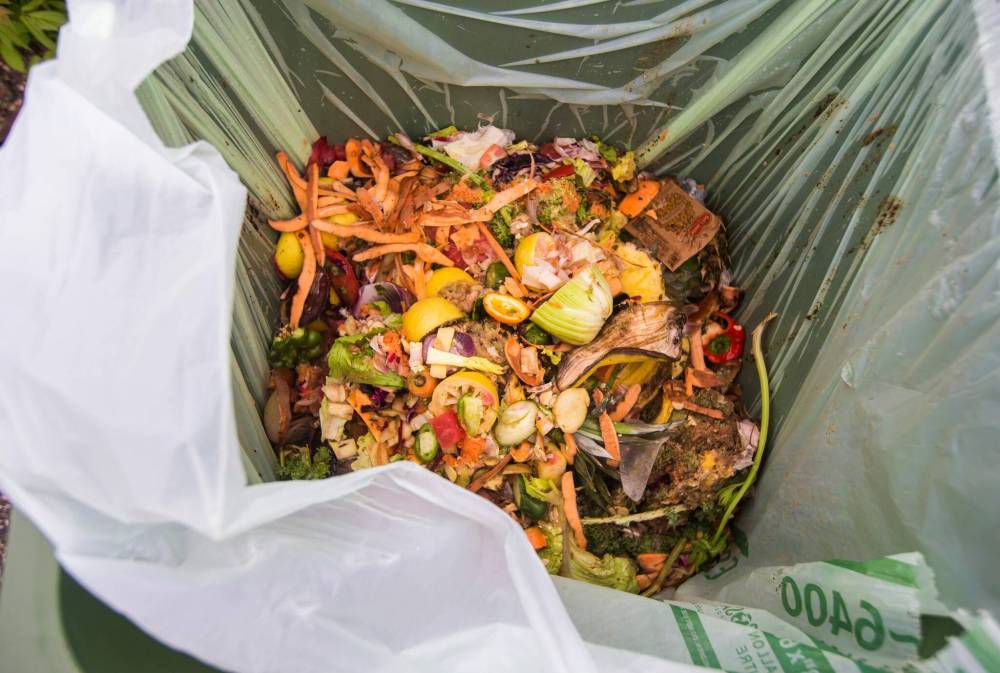
By Sho Chang-young In Korea, college admissions are divided into two main admission tracks: early admissions and regular admissions. Korea's college entrance exam, the College Scholastic Ability Test (CSAT), plays different roles in each track. This year's test takes place Nov.
14. Early admissions are based primarily on high school academic performance and other extracurricular activities, with the applicant evaluation beginning in the fall of senior year, before the CSAT is taken. Some universities set a minimum CSAT score requirement for early admissions.
Applicants need to meet this minimum score to qualify, regardless of other evaluations. For instance, a department might require a specific score threshold, like a "second grade or higher in two sections of the CSAT." Even if a student has a strong academic and extracurricular record, they might be disqualified if they don't meet this threshold.
The CSAT score plays a secondary role in early admissions. The focus is more on a student's high school transcript, recommendation letters, personal statements, interviews or portfolios, depending on the program. The basic purpose of this admission type is to prioritize students who have worked diligently in school.
Therefore, it is absolutely advantageous for students with excellent high school performance, which is relatively very disadvantageous for students in schools in urban areas where academic competition among classmates is fierce or for students in special purpose high schools such as science high schools and foreign language high schools. That's why they prefer regular admissions. Regular admissions take place after the CSAT is conducted, and here, the CSAT score is the primary criterion for selection.
Universities generally rank applicants based on their CSAT scores. They use these scores to calculate a total score, which determines admission decisions. Some programs weigh specific CSAT sections differently, so students need to understand how each university values different parts of the CSAT for the program they're interested in.
Although a few universities may incorporate interviews or other assessments in regular admissions, most programs focus almost exclusively on the CSAT score, making it the most crucial factor. As a result, students (and their parents) who are confident of achieving high scores on the CSAT show great interest in the direction and difficulty of the CSAT. Perhaps, the various issues that arise before and after the CSAT, such as the "killer questions" and other errors in questions that received media attention last year, were triggered by them.
Now, we need to pay attention to the current status of the CSAT. According to official statistics, the number of CSAT test takers for the 2025 school year will be 522,670, an increase of 18,082 (3.6 percent) over the previous year.
The number of applications for early admissions to medical schools increased to 40.3 cases per high school. In this situation, the idea that only first-class students should apply to medical school no longer holds true.
This might be a natural consequence of the significant increase in the number of seats admitted to medical schools. If the policy continues, in both early and regular admissions, the competition rate of all departments, except for a few, and the CSAT's difficulty level will be generally lower than in previous years. This will also have a big impact on high schools.
These circumstances are posing new challenges for teachers, students, parents and authorities. As an elder of high school education, I send my encouragement and comfort to all those who are concerned about this issue at this moment. Sho Chang-young is a retired high school teacher and former principal of Gunsan Girls' High School.
.











